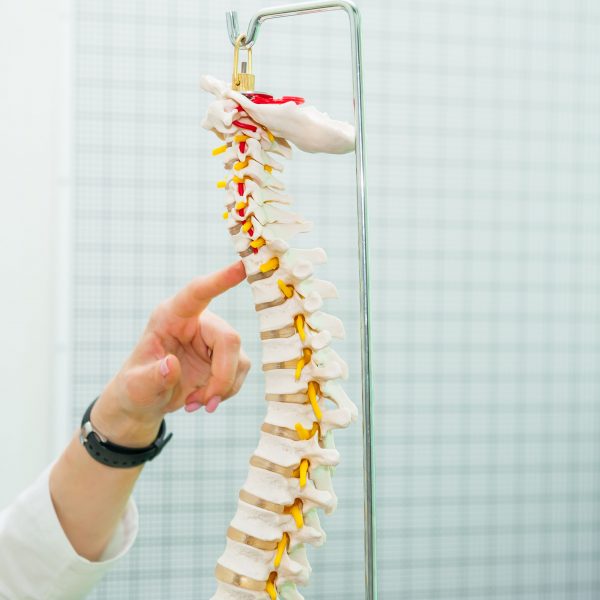Third molars or wisdom teeth are the last to grow, and they erupt at the ends of each side of the jawline. Historically, the main function of third molars in the prehistoric ages was for tearing and chewing raw meat.
With human evolution, however, we no longer need this adaptation since the emergence of cooking food using fire or heat. As such, many people do not grow third molars at all and do well without them.
For some, wisdom teeth come out in their teenage years, while for others, much later. Wisdom teeth growing incorrectly or failing to erupt at all causes pain and other inconveniences. Salt Lake City dental experts tell us more.
The Root of the Problem
Usually, third molars grow between the ages of 17 and 25. While wisdom teeth do not pose a problem to lucky individuals, those who are not so lucky suffer from grave complications. Persons with relatively small jaws experience significant pain and discomfort due to impacted third molars.
They can grow to be crooked and misaligned, and press either on a nerve fiber or surrounding teeth. Oftentimes, managing problems related to third molars involves a minor surgery to remove the impacted tooth.
When the tooth has broken through the gum line, the dentist will probably have little trouble removing it. In this case, surgery will not be necessary. If the tooth is completely impacted, the situation might call for a more invasive procedure.
Assessment of the Problem
In the United States, dentists recommend the extraction of a third molar 59 percent of the time. The main rationale for the recommendation is to prevent complications of impacted wisdom teeth, such as tooth decay due to food particles getting stuck, as well as lower the risk for periodontal disease.
A dentist will decide whether a problematic third molar ought to be removed or not. The dentist will decide on the course of action based on the type of the third molar, anatomical considerations, and the developmental stage of the tooth in question.
Third Molar Removal

More often than not, third molars grow impacted. As already mentioned, most dentists will recommend the extraction of impacted wisdom teeth. It doesn’t need to be immediate, though. But as soon as it causes pain, discomfort, headaches or other problems, the patient should book an extraction appointment for the impacted third molar.
Removal of the third moral becomes necessary when the dentist determines that there is a high risk for the impacted tooth to become infected, develop a cyst or abscess, or acquire cavities. Note, too, that wisdom teeth growing beneath the gums can still develop cavities.
Although there have already been many studies about the consequences of poor management of impacted third molars, there is still much we do not understand about third molars, including predicting whether they will or will not erupt as well as why they would or would not. It is better to be vigilant and to seek preventive dentistry to lower the risk for the consequences associated with impacted wisdom tooth.






